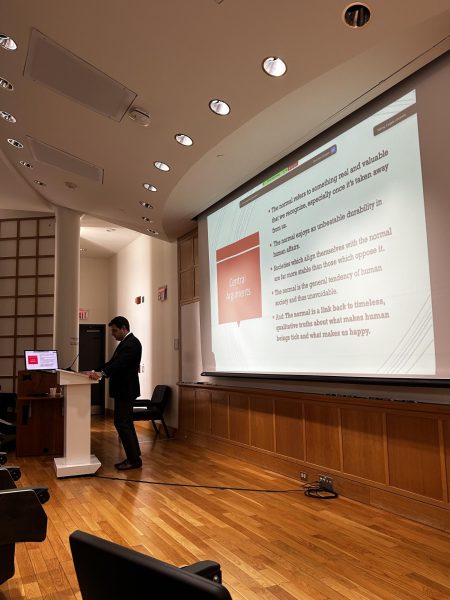Editor’s Column – Right to Drink
Someday my birthday will be a national holiday. Government offices and schools will close in observance of what is obviously one of the most important days of the year, perhaps only shadowed in significance by Groundhog Day and Labor Day. My birthday this year is particularly significant, however. On Sunday, March 4, 2007 I will turn 21.
There is no greater sign of adulthood than your 21st birthday. At 16 I could get my driver’s permit; 18 signaled the right to vote, join the armed forces, and buy cigarettes and porn. But still, until this Sunday it will have been illegal for me to have a glass of wine at dinner or a beer at the bar. As such, 21 has become the hallmark “coming of age” birthday for American youth.
While the U.S.A. does not have an official national drinking age, the National Minimum Drinking Age Act (NMDAA) of 1984 required all states to enforce a drinking age minimum of 21; states failing to do so face up to a 10 percent decrease in national funding for federal highways. While state-to-state legislation varies, the end result is a de facto drinking age of 21.
The drinking age was first lowered to 18 in some states in 1970 when the nation was in the throes of the Vietnam War and a very controversial military draft. In the same year the voting age was also lowered to 18, as it was argued that those old enough to be drafted into military service were old enough to be entrusted with other adult decisions and privileges. Not all states changed their drinking statutes, but those that did noted an increase in alcohol-related traffic accidents. After a successful lobbying effort by Mothers Against Drunk Driving, the NMDAA was passed.
Despite this, America still has a culture of drinking – “Everybody in the club gettin’ tipsy,” after all. This culture, however, puts institutions of higher education, like Colgate, in a precarious position. Colleges and universities are forced to police their students for alcohol violations, a challenging situation when part of the student population is of a legal drinking age. Instead of educating students to be responsible consumers, energies are often focused on monitoring the practices of students for underage violations.
The release of this year’s Core Survey this week shows one way that Colgate is seeking to balance both ends of this spectrum. Administered by the Core Institute, which is affiliated with Southern Illinois University Carbondale, the survey seeks to determine alcohol and drug usage trends on campus. But where should an institution go from there? Universities must walk the fine line between protecting both the institution and its members from the dangers of alcohol-related incidents and teaching students to minimize the risks of these instances all together. Those written up this weekend for underage drinking may face a disciplinary record and intervention by Residential Life, Campus Safety and the Office of Counseling Services, while the statistics from this week’s survey will certainly find their way into an educational poster campaign. Colgate certainly hopes that this balance will emphasize both safety and responsibility.
On Sunday at midnight you can find me in the bar, celebrating my 21st birthday. You’ll also be able to find me there on Thursday and Friday evenings in preparation for my big day, as I’m in London for the semester where the drinking age is 18. Fortunately, I already have learned safe drinking practices, as keeping the drinking age in the United States to a minimum of 21, I believe, minimizes the effectiveness of universities and colleges as teachers of responsible drinking. The burden of policing part of the University’s population for underage drinking violations is an unnecessary distraction from educating students on safe practices.




